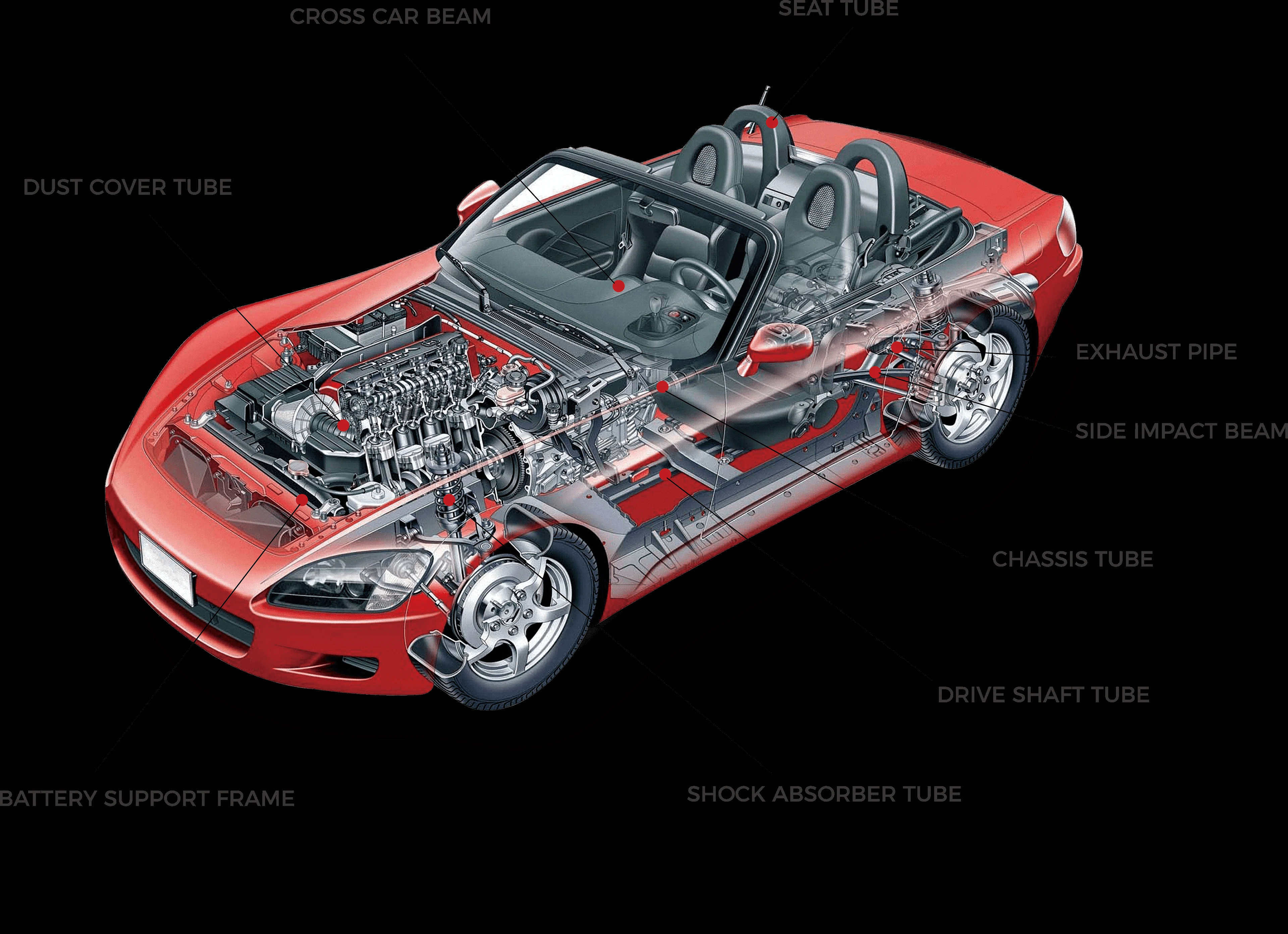
Understanding Stretcher Parts A Comprehensive Overview
In the world of healthcare, stretcher parts are critical components that ensure the safe and efficient transport of patients. Whether in hospitals, ambulances, or emergency services, understanding the different parts of a stretcher is vital for medical personnel, manufacturers, and even patients' families. This article provides an overview of stretcher parts, their functions, and the significance of maintaining these components.
Major Components of a Stretcher
1. Frame The frame is the skeletal structure of the stretcher. Typically made from lightweight yet durable materials like aluminum or steel, the frame supports the entire stretcher and its load. It is designed to withstand varying weights and is crucial for stability during patient transfer.
2. Mattress Often made from foam or gel, the mattress provides comfort to the patient during transport. It is designed to reduce pressure points and enhance comfort, especially during emergency situations when time is of the essence. A good mattress also helps in preventing bedsores for patients who may have to lie still for extended periods.
3. Legs and Casters The legs of the stretcher are adjustable, allowing for height modifications based on the situation. Casters, on the other hand, enable easy maneuverability, allowing medical staff to navigate through tight spaces quickly. Locking mechanisms on wheels are essential to secure the stretcher in place when stationary, ensuring patient safety.
4. Straps and Restraints Safety straps are crucial for securing the patient to the stretcher during transport. These straps prevent movement that could lead to further injury. Restraints are particularly important for patients who are disoriented or in severe pain, as they ensure that the patient remains stable and secure while being moved.
5. Adjustable Headrest An adjustable headrest adds to the comfort of the patient, allowing for modification based on individual needs. This feature is especially useful for patients who require a specific angle for comfort or medical reasons, such as those with respiratory issues.

6. IV Pole and Storage Many stretchers come equipped with IV poles for administering fluids or medications during transport. Storage compartments can also be integrated into the stretcher, providing space for medical supplies and equipment, which is essential for emergency protocols.
Importance of Maintenance
Proper maintenance of stretcher parts is crucial for ensuring their functionality and longevity. Regular inspections can help identify wear and tear, ensuring that all components operate effectively. Here are a few tips for maintaining stretcher parts
- Routine Cleaning Stretcher parts should be cleaned regularly, especially after use. This prevents the buildup of dirt and bacteria, maintaining a hygienic environment for patients.
- Regular Inspections Healthcare facilities should have a schedule for inspecting the stretcher's frame, wheels, and straps to ensure they are in good working condition. Any damaged components should be promptly repaired or replaced.
- Staff Training It is vital that all personnel involved in patient transport are trained on the proper use and maintenance of stretchers. This knowledge not only enhances patient safety but also prolongs the life of the stretcher parts.
Conclusion
Stretcher parts play a significant role in patient care during transport, making it imperative to understand their functions and ensure they are well-maintained. By recognizing the importance of each component—from the frame to the straps—medical staff can ensure safer and more effective patient transport in critical situations. With proper care and understanding, healthcare providers can enhance the transport experience for patients, ultimately contributing to better health outcomes.